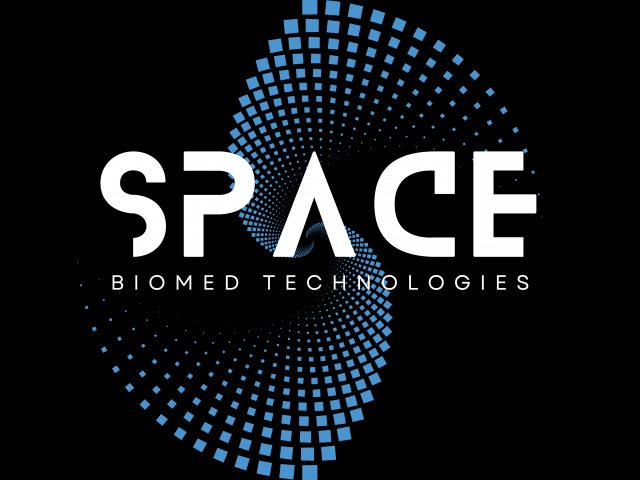

The space health technology market is rapidly growing due to increased space exploration and the recognition of astronauts' physiological challenges. Space Biomedtechnologies Ltd., a startup, aims to test a prototype of conductive fabric and a device for physiological measurements on the ISS. This initiative is part of a broader mission to revolutionize healthcare and space medicine beside advancements in neuromonitoring, medical robotics, and extended reality (XR).
Space Biomedtechnologies Ltd. focuses on monitoring and managing microgravity's effects, such as increased intracranial pressure (ICP) and space flight-associated neuro-ocular syndrome (SANS), which impair neurocognitive performance. Instead of invasive ICP measurement, the company employs rheoencephalography (REG), a non-invasive method to study cerebral blood flow (CBF) and its autoregulation. They have developed a program to detect changes in REG pulse wave's second peak amplitude, tested reusable REG/bioimpedance electrodes, and created a practical, noninvasive measurement system for space research.
Established in 2024, the company leads in space health science, enhancing astronaut safety with novel biotechnological solutions. Recognizing the growing space tourism industry, Space Biomedtechnologies Ltd. ensures space travelers' safety through telemetry, telemedicine, and advanced technologies in surgical critical care and precision medicine for emergencies during space travel.
Microgravity increases ICP and causes SANS, damaging CBF autoregulation and leading to neurocognitive impairments. REG studies have shown alterations in pulse wave morphology identical to ICP changes, reflecting decreased intracranial compliance. The company’s innovations make REG measurement practical and noninvasive, with applications in space and beyond, including military aviation and neurocritical care. This device offers lifesaving, noninvasive vital sign monitoring with minimal modifications.